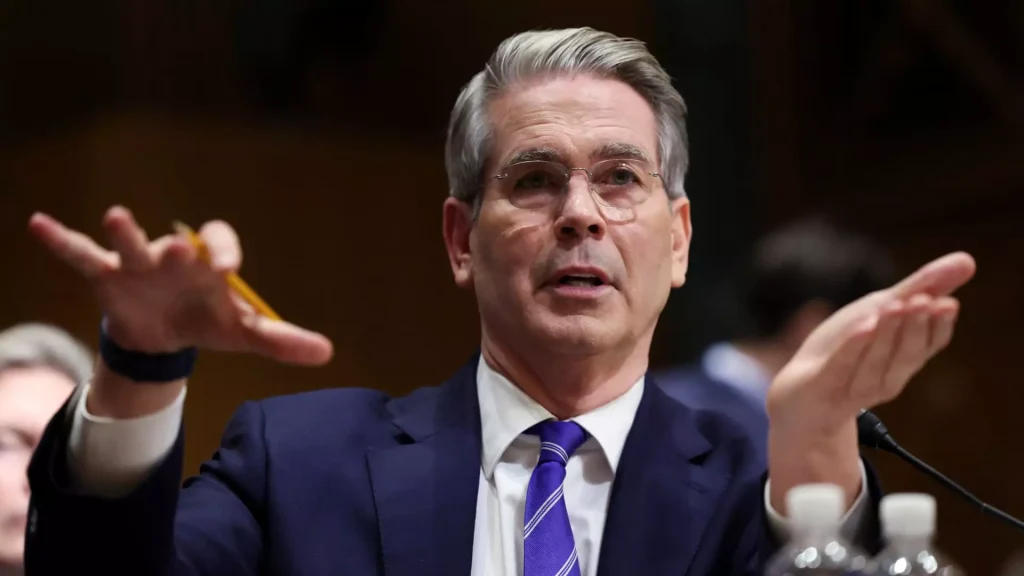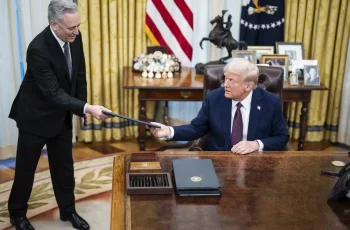In a surprising move, the European Union has postponed retaliatory tariffs on U.S. goods for 90 days, shortly after the U.S. announced a temporary reduction in its own tariffs. European Commission President Ursula von der Leyen framed the decision as a chance for diplomacy, though some view it as a tactical pause in a larger trade standoff.

The dispute began with the U.S.’s 25% tariffs on steel and aluminum, sparking EU plans to target a wide range of U.S. products, from apparel to machinery. While the U.S. has eased its tariffs to 10% temporarily, questions remain about whether this signals genuine cooperation or merely a brief ceasefire.
Von der Leyen emphasized that tariffs are taxes hurting both consumers and businesses. This sentiment is echoed in global market reactions: stock markets rose, and the euro edged higher, suggesting cautious optimism. Yet, the fragile economic balance between the U.S. and EU means even minor shifts could trigger instability.
Beyond tariffs, the U.S.-EU trade rift reflects broader issues. Accusations of unfair trade and imbalance persist, but they often ignore the deep interconnection between their economies—not just in goods, but also in services and investments. A tit-for-tat escalation could damage not only bilateral relations but the global economy.
Von der Leyen’s proposal of a “zero-for-zero” tariff deal offers a hopeful path forward, paired with EU efforts to diversify trade partners. Still, skepticism remains about whether either side can overcome domestic pressures and political posturing to reach lasting solutions.

This fragile truce rests on mutual goodwill and a shared interest in long-term stability. Whether it leads to true cooperation or deepening divides will depend on actions taken in the coming months.

